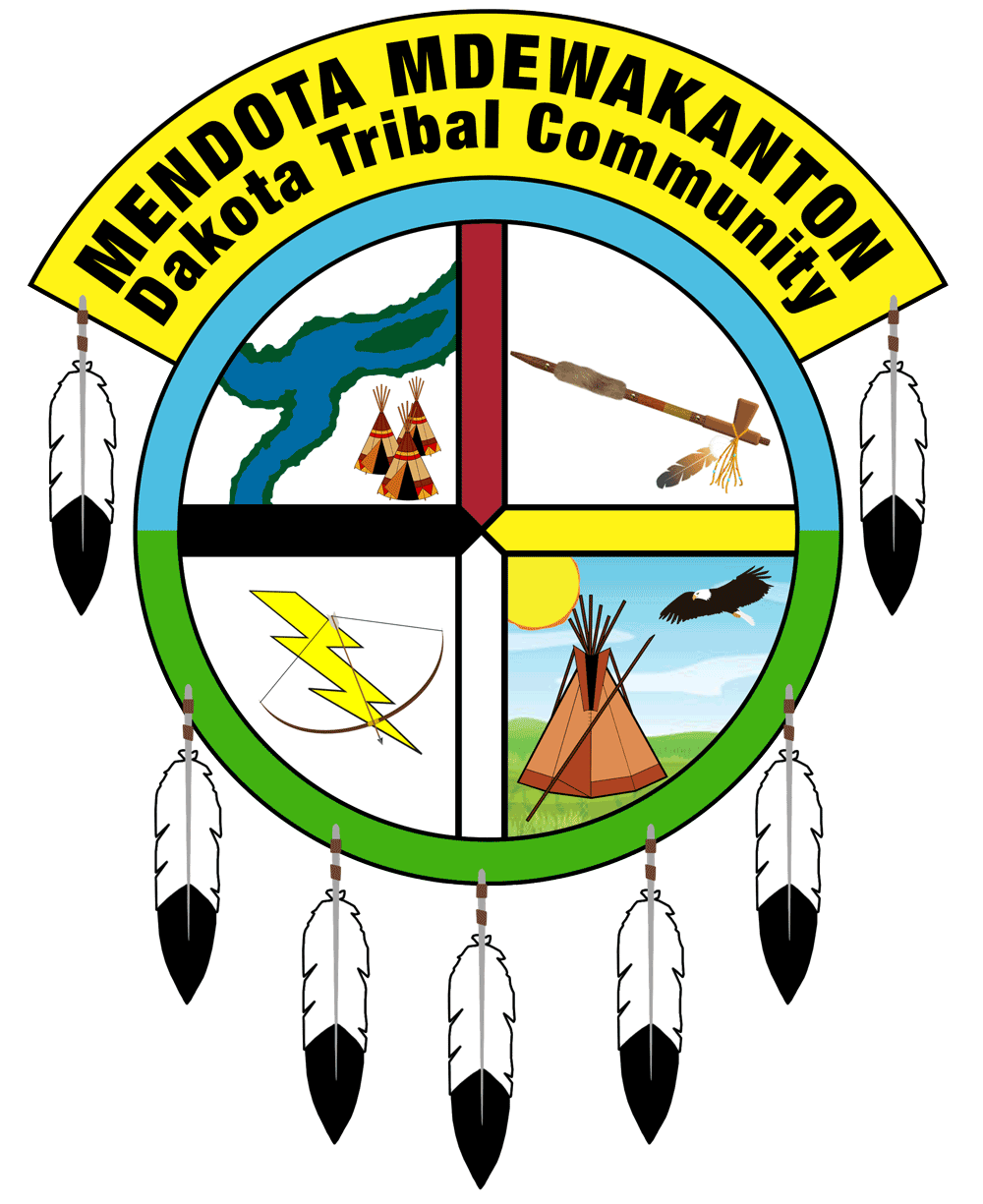How the family of Pelagie Faribault came to own Pike Island near Fort Snelling
An 1820 treaty between the United States and the Dakota specifically set aside the 320-acres Wita Tanka, also called Pike Island, specifically for Pelagie Faribault.

Pelagie Faribault was a métis (Native and European) woman who received Wita Tanka (Big Island, also called Pike Island) from her Dakota kin as part of an 1820 treaty with the United States. The Faribault family held influence in the Dakota community, and Pelagie in particular was known for her acts of generosity.
Pelagie Faribault was born in 1783 at Prairie du Chien. Historical records also refer to her as Kinnie Hanse Ainse, Pelagie Hause, Elizabeth Pelagie Ainse Faribault, and Madame Farribault. She was a metis of Dakota and French descent; although sources disagree, it’s likely that her mother belonged to the Mdewakanton band. Her father, Joseph Ainse, was a French Canadian from Mackinac Island who became fluent in the Dakota language and worked with both the Ojibwe and Dakota as a fur trader and Indian agent. Due to these connections, Pelagie grew up familiar with the lifeways of both sides of her family.
Pelagie married twice. While caring for a daughter in her first marriage, she was widowed suddenly, and soon afterward married the French Canadian fur trader Jean-Baptiste Faribault at Inyan Ceyaka Otunwe, a summer planting village of the Mdewakanton Dakota. They married in the Dakota way. During their life together, the couple were often separated while Jean-Baptiste was brokering trades and seeing to other business.
Pelagie likely reinforced the importance of Dakota ways with her husband and children. She provided Jean-Baptiste with social connections that paved the way for trade opportunities with her Dakota relatives. She was known to be kind and generous, and she provided hospitality for the friends and neighbors in their social networks. Her own Dakota relatives sometimes visited nearby for extended periods.
ARTICLE CONTINUES AFTER ADVERTISEMENT
Pelagie and Jean Baptiste had eight children, including Alexander (born in 1806), Lucie-Anne (1808), Oliver (1815), David-Frederic (1816), Amelia (Emilie) Rene (1820), Marie-Louise (1822), Philippe (1826), and Frederic-Daniel (1829). They lived with their mother at Prairie du Chien (ca. 1806), on the island called Wita Tanka (Big Island, ca. 1819 and 1820), and at Mendota (ca. 1822). The family also sheltered at Winona during the War of 1812. While there, they did not know that Jean-Baptiste had been imprisoned by the British. When the family lived on Wita Tanka, their guests included Colonel Henry Leavenworth (1819) and fur trader Philander Prescott (1820).
A treaty signed by the Dakota and the United States at Mni Owe Sni (Coldwater Spring) in 1820 ceded land for the construction of a fort at Bdote, the intersection of the Mni Sota Wakpa (Minnesota River) and the Wakpa Tanka (Mississippi River). At the same time it set aside Wita Tanka, the 320-acre piece of land at the center of Bdote, specifically for Pelagie Faribault. Her Dakota relatives wanted her to have it because she was already living there with her family. In a gesture that symbolized the Dakota value of honoring women, Wita Tanka was put in Pelagie’s name rather than deeded to her husband. Traditional Dakota culture gives women rights to land and home places — not in the sense of “ownership,” but of the privilege to use and share the land and its resources with relatives. At the time, Euro-American men used white privilege and male privilege to control property and land.
Due to floods on Wita Tanka, the family moved to Mendota (St. Peter) in 1826 while Jean-Baptiste ran his trading post at Inyan Ceyaka. When he was stabbed in the back and lungs by a customer in 1833, Pelagie traveled thirty-five miles at night from Mendota to Inyan Ceyaka to help him recover. In that same year, her husband purchased a Black woman (her name is unrecorded) to work as an enslaved laborer in the Faribault household. Although it was illegal, slavery was not uncommon at and near Fort Snelling before the 1850s.
![]() The terms of an 1837 treaty between the US and the Dakota ignored Pelagie’s ownership of Wita Tanka, and in 1838, advocates of the family asked the US for compensation for the land. One letter of support describes Pelagie as an influential and generous person in the Dakota community.
The terms of an 1837 treaty between the US and the Dakota ignored Pelagie’s ownership of Wita Tanka, and in 1838, advocates of the family asked the US for compensation for the land. One letter of support describes Pelagie as an influential and generous person in the Dakota community.
In June 1840, Pelagie and her family moved from a log building into a larger, sandstone and Platteville limestone home at Mendota. The new house included luxuries such as a bar, a ballroom, and a billiard room. It stood 150 yards away from a building occupied by Henry Sibley, a fur trader who worked with Jean-Baptiste.
On June 19, 1847, Pelagie died. After her death, her husband and some of her children moved to the site of a trading post on the Inyan Bosdata Wakpa (Cannon River). The town that was built there was named Faribault after her son Alexander. A treasury document created in February of 1858 shows that the United States paid Jean-Baptiste Faribault $12,000 for Wita Tanka in that year, eleven years after Pelagie’s death.
Many of Pelagie’s children continued in the fur trade, treaty-making, and other businesses. Facing ill-fortune years later, Alexander died in poverty in 1882. He and Pelagie and other family members are buried at Calvary Cemetery in Faribault.
